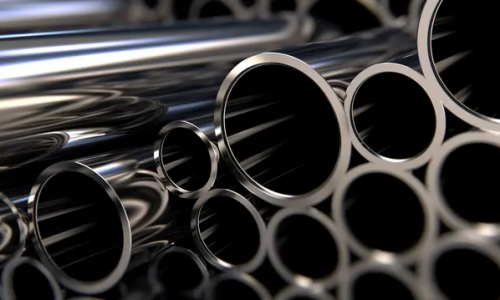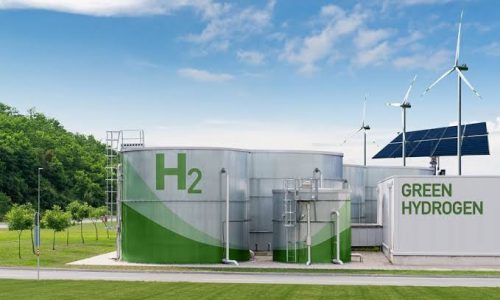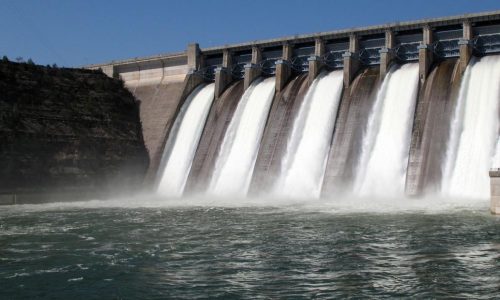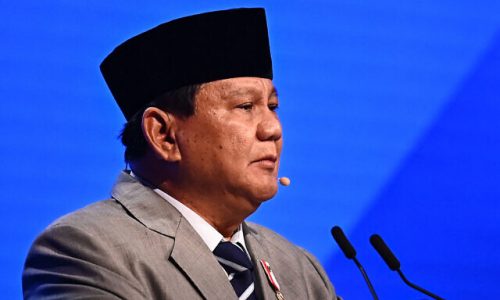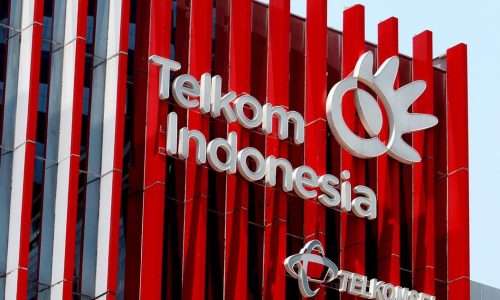The plan to construct a toll road with an immersed tunnel in the Nusantara Capital (IKN) is still under evaluation as its construction is projected to incur massive costs of up to Rp10 trillion (US$638.3 million), a senior government official says.
Danis H. Sumadilaga, Task Force chairman for IKN Infrastructure Development at the Ministry of Public Works and Housing, mentioned that the construction plan for the immersed tunnel is still in the detailed engineering design (DED) phase.
“Yes, it’s still in the DED phase. We’re just starting, so our colleagues from Bina Marga need to be cautious,” Danis on Friday, February 17, 2024.
The in-depth study, which particularly focuses on the installation stages and determining the location of the immersed tunnel, is crucial to ensure the underwater tunnel is completely watertight. Danis explained that according to the latest information, the toll road with an immersed tunnel is likely to be built through a partnership between the government and private sector (KPBU).
“The government will decide later, and the minister will issue the policy. If the investment is too heavy [expensive], then the current budget [APBN] will be used,” he concluded.
State-owned construction firm PT Hutama Karya (HK) has earlier expressed interest in undertaking the project of the toll road with an immersed tunnel. Moreover, HK has partnered with a South Korean construction company, Daewoo Engineering & Construction Co., Ltd (Daewoo), to conduct a feasibility study for the plan.
“We are initiating a study to propose the construction of a toll road segment, including the construction of an immersed tunnel,” Agung Fajarwanto, Director of Operations at Hutama Karya, said.
Agung provided an estimate that the total construction value of Indonesia’s inaugural undersea tunnel project is expected to reach Rp10 trillion. Meanwhile, the total length of the tunnel is approximately 2 kilometers.
Technically, the construction of the undersea tunnel will not be entirely underwater; it will be built on land first and then submerged. “After submersion, each segment will be installed, then the water will be drained and pumped back until it is completely watertight and ready for traffic. That’s the principle,” Agung explained.



